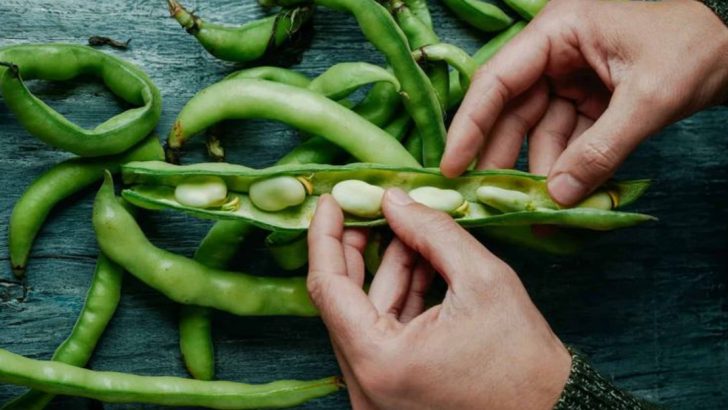Plant-based eating has exploded beyond niche vegan circles into mainstream kitchens worldwide. Chefs, food scientists, and everyday cooks are transforming vegetables, fruits, and grains into culinary masterpieces that rival traditional meat-centered dishes.
These innovations are reshaping how we think about food altogether.
1. Mushroom Mania
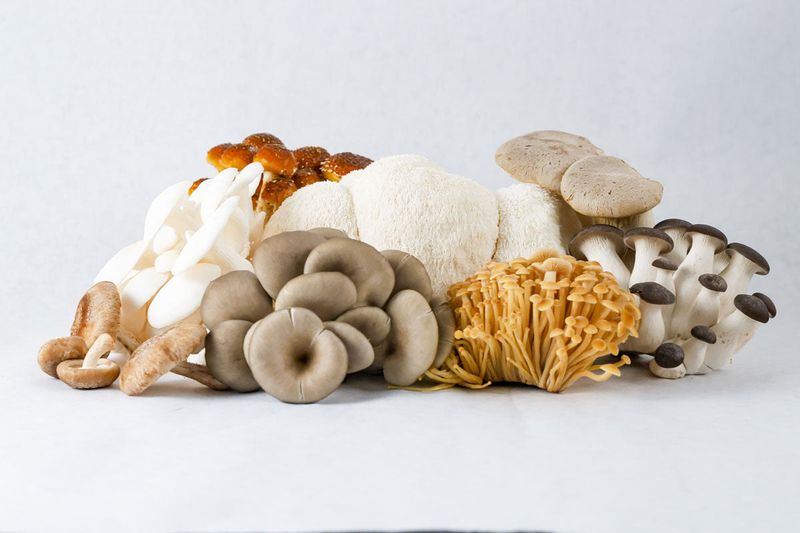
Forget button mushrooms! Lion’s mane, king oyster, and reishi varieties are storming kitchens everywhere.
These fungal wonders transform into mind-blowing meat substitutes—think mushroom “scallops” that could fool seafood lovers. Chefs are smoking, grilling, and fermenting these umami bombs.
2. Watermelon Seed Butter
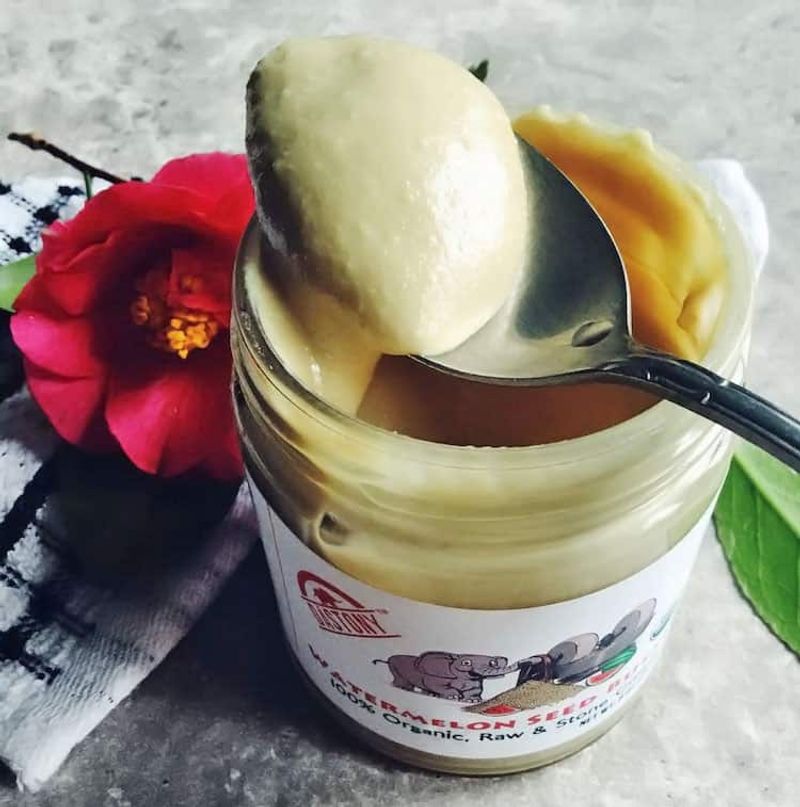
Move over, almond butter! Watermelon seed butter has crashed the alternative spread party with its creamy, nutrient-dense profile.
This unexpected delight packs more protein than almond butter without the environmental baggage. Slather it on toast, blend into smoothies, or use as a base for dreamy plant-based sauces.
3. Seaweed Revolution

Salty, umami-rich seaweed is making tidal waves beyond sushi rolls! Dulse, nori, and kelp are showing up in everything from pasta to plant-based bacon alternatives.
Not just delicious, these ocean vegetables are sustainability superstars—growing without freshwater, fertilizer, or land. Rich in iodine, vitamins, and minerals, seaweed delivers nutritional punch.
4. Jackfruit Takeover
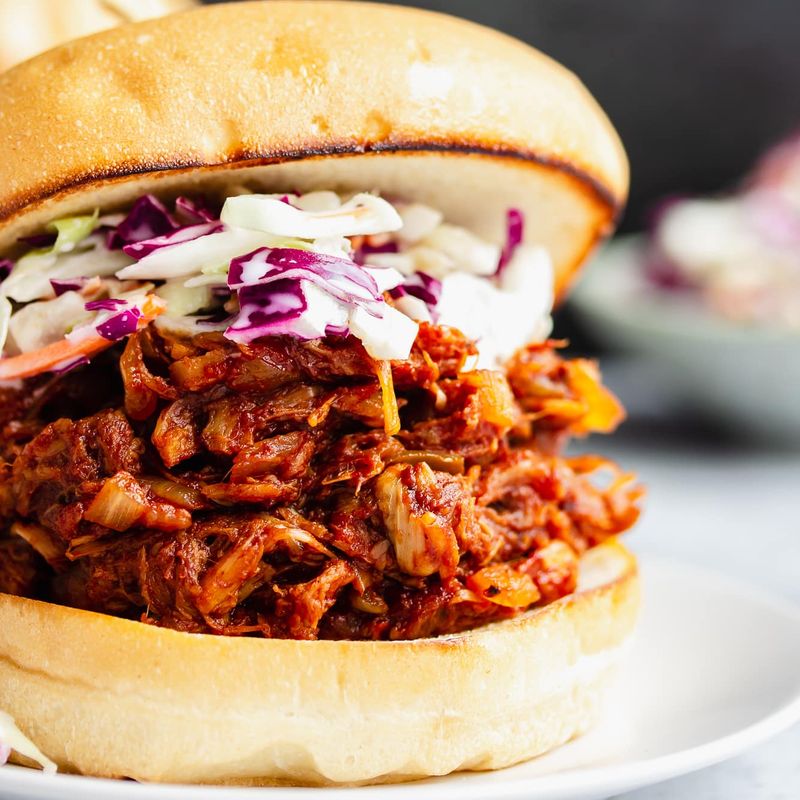
Holy jackfruit! This Southeast Asian miracle fruit has exploded onto menus with its uncanny ability to mimic pulled pork when young and green.
Shred it, season it, and watch meat-eaters do a double-take. The mature fruit delivers sweet tropical flavor for desserts, while the unripe version soaks up barbecue sauce like nobody’s business.
5. Precision Fermentation Cheese

Dairy-free cheese that actually melts? It’s not science fiction—it’s precision fermentation!
Food scientists are programming microbes to produce real milk proteins without a single cow involved. The result? Plant-based cheeses with authentic stretch, melt, and flavor that would make an Italian grandmother weep with joy.
6. Banana Blossom Fish
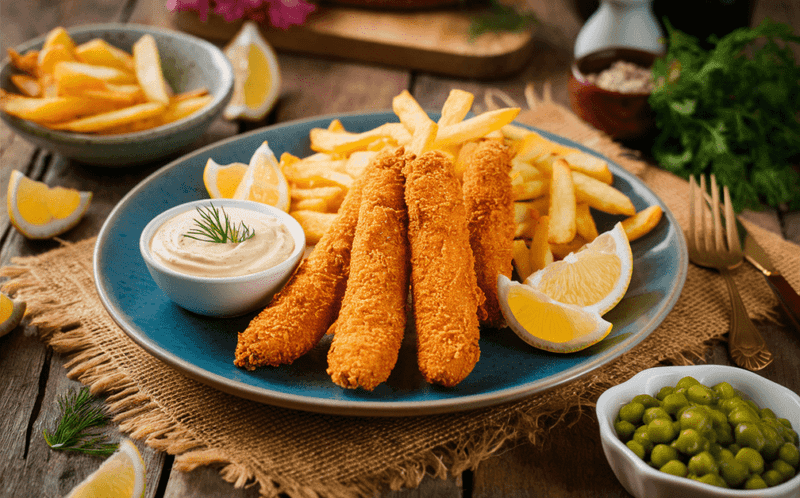
Who knew banana plants were hiding the perfect fish substitute? Banana blossoms flake apart just like cod when battered and fried.
Restaurants worldwide are transforming these botanical wonders into plant-based fish and chips that could fool a fisherman. Their naturally flaky texture absorbs marinades beautifully.
7. Lupini Bean Protein
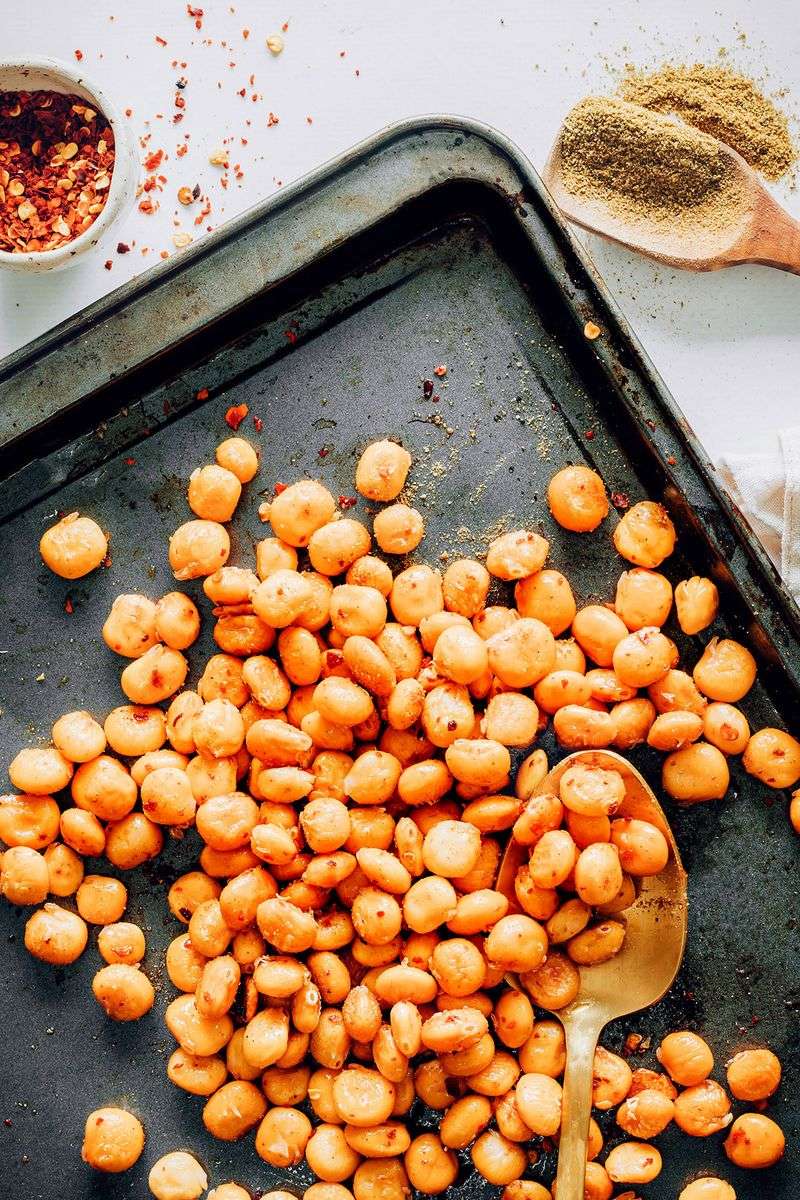
Muscle-building vegans, rejoice! Lupini beans pack a whopping 26g of protein per cup.
Ancient Romans munched them as snacks; modern food tech has transformed them into mind-blowing meat alternatives. Lupinis offer a complete protein profile with all nine essential amino acids.
8. Aquafaba Magic

That murky chickpea can liquid you’ve been draining down the sink? It’s liquid gold for plant-based cooking!
Called aquafaba, this miraculous fluid whips up exactly like egg whites. Pastry chefs are creating cloudlike meringues, mousses, and macarons without cracking a single egg.
9. Koji Culturing
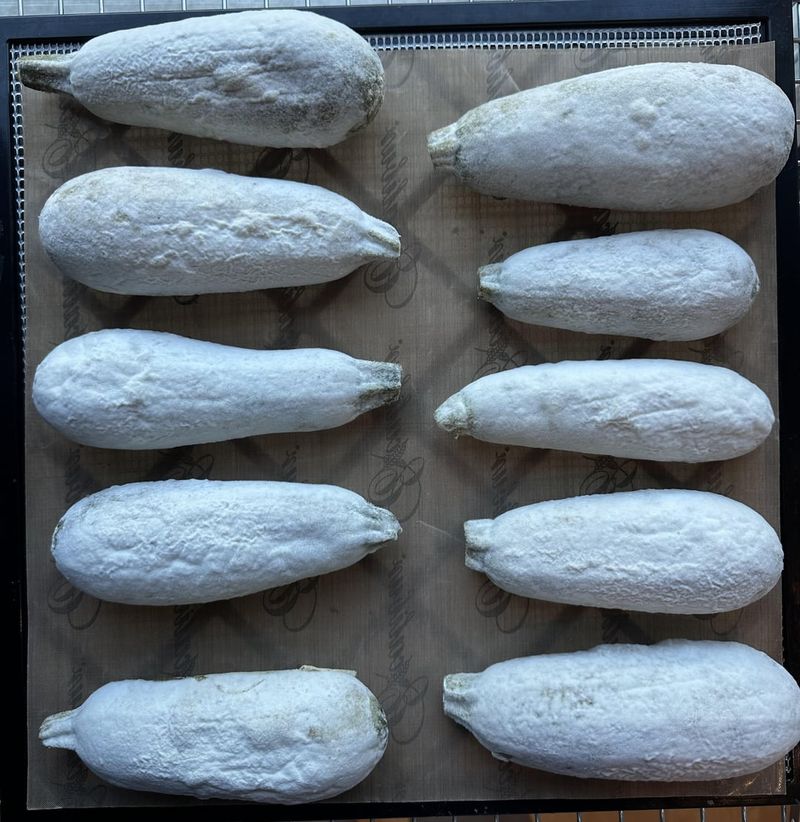
Mold is gold in the plant-based revolution! Koji s being harnessed to create incredible new flavors and textures.
When grown on grains, nuts, or legumes, koji develops profound umami and meat-like complexity. Chefs are using it to create plant-based charcuterie that ages like the real thing.
10. Cactus Protein
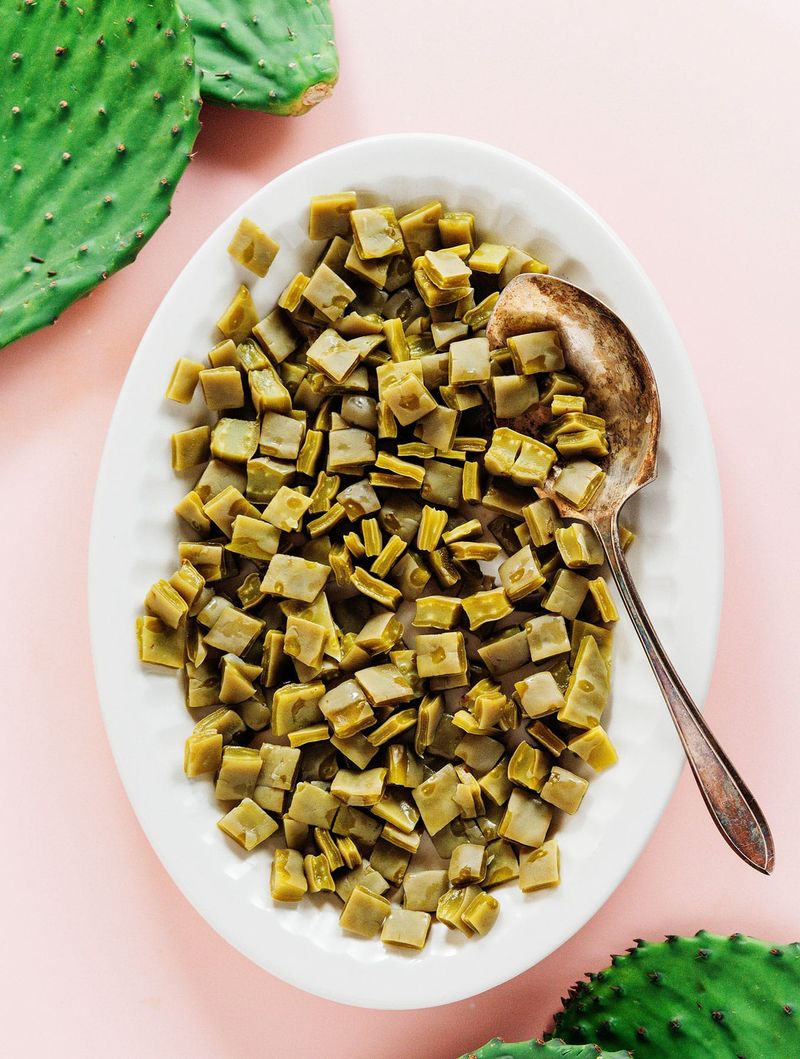
Prickly pear cactus paddles (nopales) are spiking their way onto plates worldwide! These desert-thriving plants require minimal water while delivering impressive protein, fiber, and antioxidants.
Mexican cuisine has treasured nopales for centuries; now they’re being transformed into plant-based jerky, taco fillings, and egg substitutes.
11. Vegetable Charcuterie
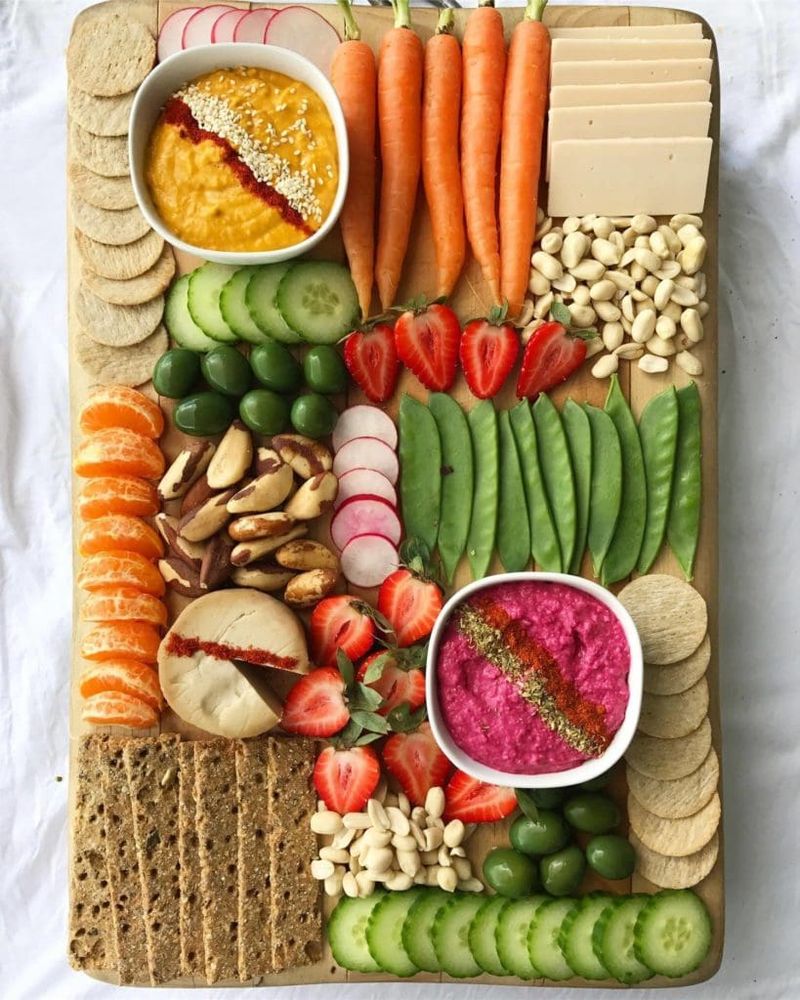
Carrots don’t just imitate—they’re creating their own plant-based legacy! Innovative chefs are salt-roasting, smoking, and aging vegetables using traditional meat preservation techniques.
Watermelon “ham,” salt-baked beets sliced paper-thin, and carrot “lox” are stealing the spotlight on charcuterie boards. These vegetables are establishing a new category of preserved delicacies.
12. Fava Bean Protein
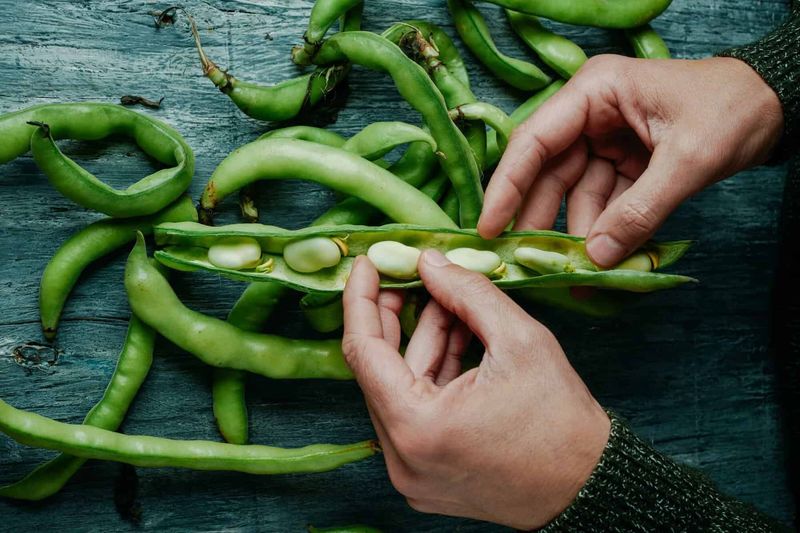
Fava beans are muscling their way into the protein scene! These ancient legumes pack 13g of protein per cup while using significantly less water than nuts or animal agriculture.
Food tech companies are extracting fava protein to create remarkably “clean-label” meat alternatives with short ingredient lists.
13. Watermelon Rind Pickles
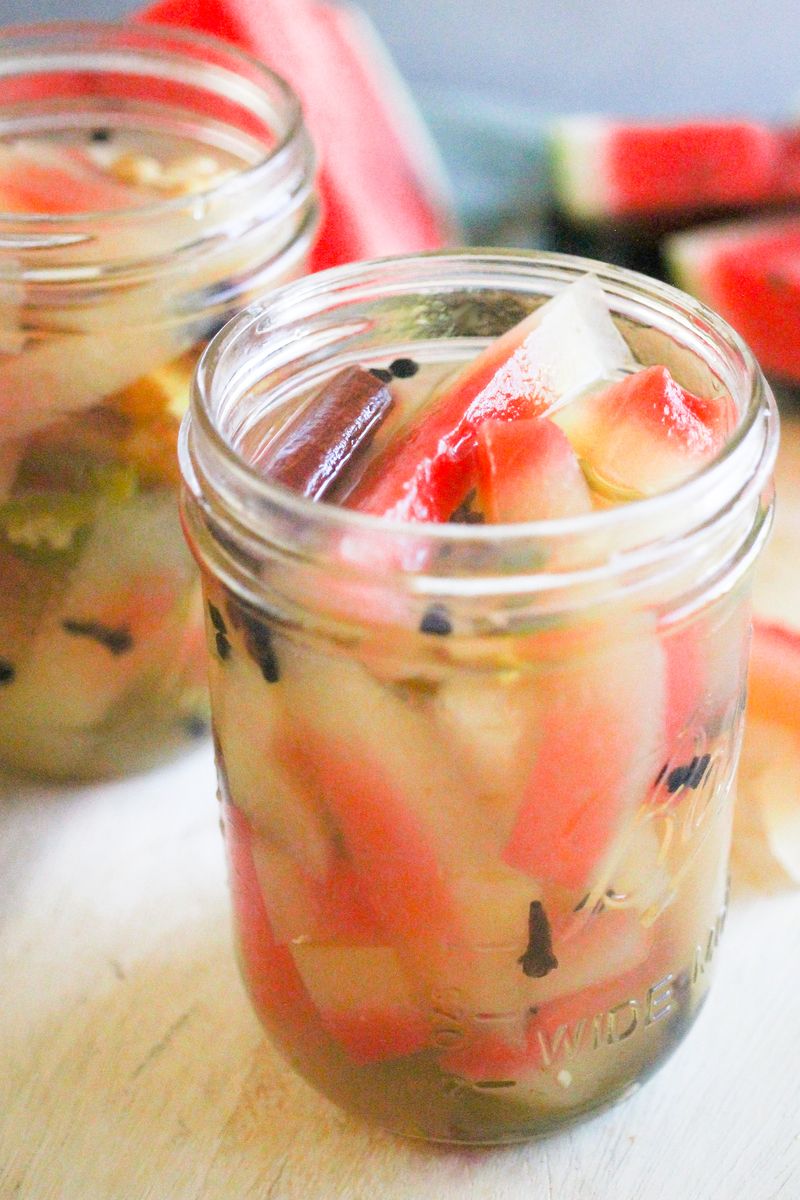
Trash to treasure! The pale green rinds you’ve been tossing are the latest zero-waste culinary sensation.
When pickled with spices, watermelon rinds transform into tangy, crunchy delights reminiscent of cucumber pickles. Southern U.S. cuisine has treasured these preserves for generations.
14. Microalgae Protein
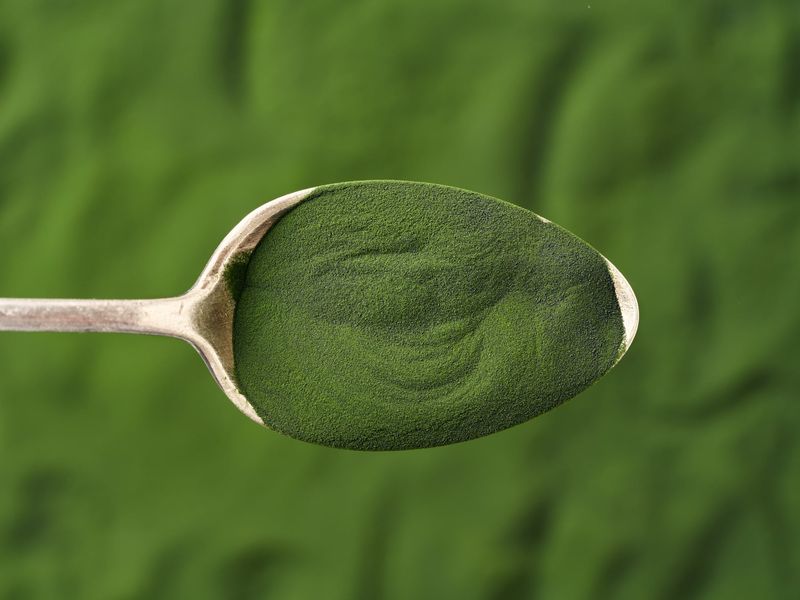
Tiny algae, enormous potential! Spirulina, chlorella, and other microalgae are making waves as sustainable protein powerhouses that can be grown in vertical farms using minimal resources.
Food scientists are using microalgae to create plant-based seafood alternatives with authentic oceanic flavors. It has up to 70% protein content and complete amino acid profiles.
15. Baobab Superfruit
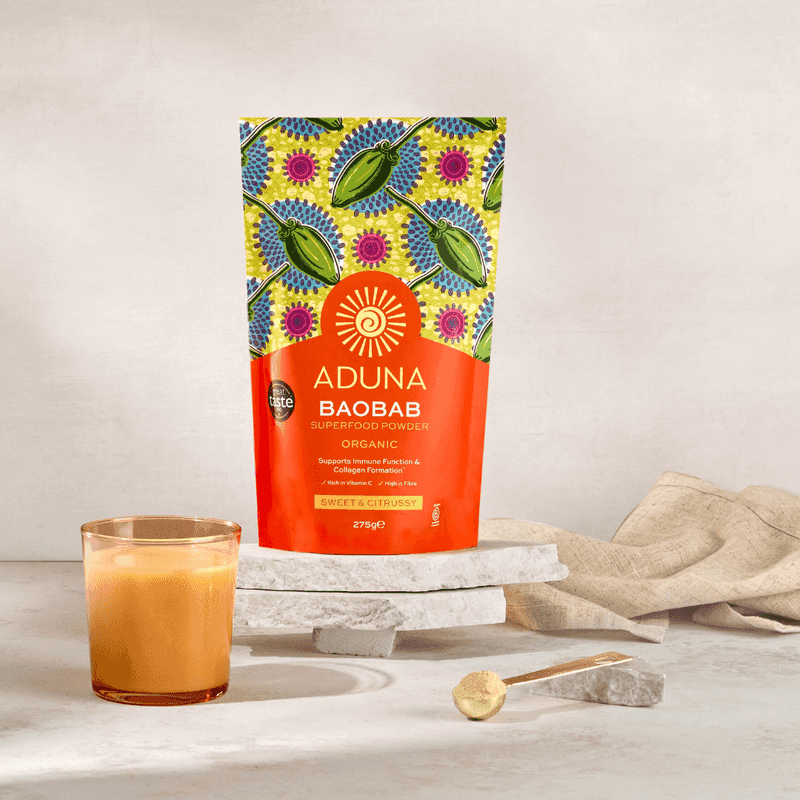
Africa’s “tree of life” is delivering super-charged nutrition to global kitchens! Baobab fruit powder has six times more vitamin C than orange.
It adds tangy citrus notes and creamy texture to plant-based creations. Look for baobab in smoothie bowls, plant-based yogurts, and as a secret ingredient in dairy-free ice creams.
16. Sunflower Seed Dairy
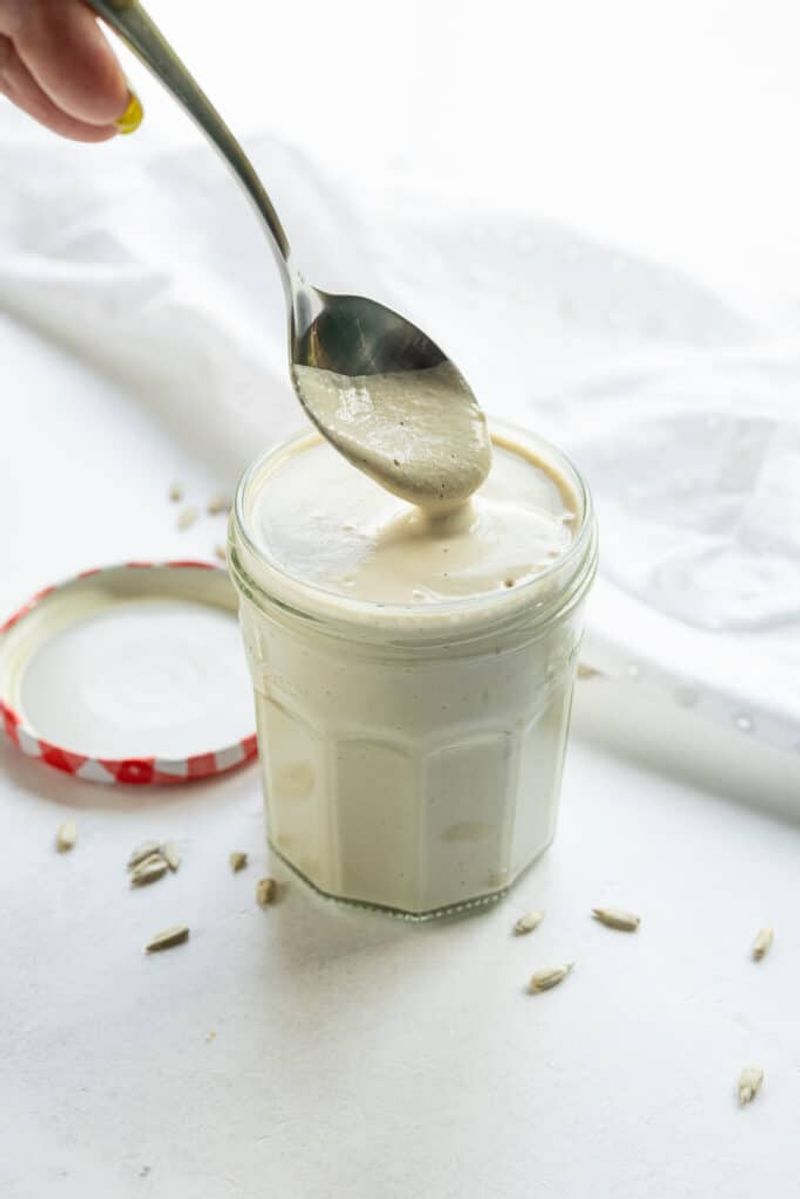
Sunflower seeds are stepping out of the ballpark snack category and into your dairy alternatives! These humble seeds create surprisingly creamy milk, cheese, and yogurt without common allergens like nuts or soy.
Their neutral flavor, affordability, and sustainability make them perfect for plant-based dairy innovation.

